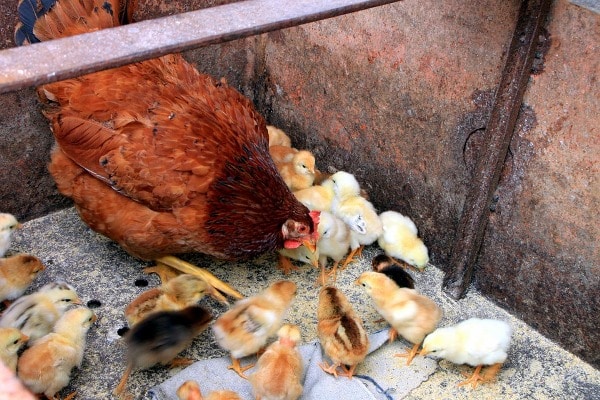Introduction: Kenbro chickens have become a popular choice for farmers in Kenya due to their impressive characteristics and productivity. These versatile birds are known for their ability to produce both meat and eggs, making them a profitable option for poultry farming. In this article, we will explore the exceptional features of Kenbro chickens, their egg-laying capabilities, and how they compare to Kuroiler chickens.
Section 1: Kenbro Chicken – An Ideal Poultry Breed
- Dual Productivity: Kenbro chickens are excellent dual-purpose birds, excelling in both meat and egg production. This feature offers farmers the advantage of earning profits from two sources, making them a lucrative investment.
- No Brooding Instinct: Unlike some other breeds, Kenbro chickens do not have a brooding instinct. As a result, farmers need to rely on incubators to hatch their eggs and maintain productivity. This reliance on incubation technology allows for more controlled and efficient breeding practices.
- Heavy Feeders: Kenbro chickens are known to be heavy feeders, requiring significant amounts of food to support their growth and productivity. Farmers must be prepared to provide them with a nutritious diet to ensure optimal development and yield.
- Rapid Maturity Rate: One of the remarkable characteristics of Kenbro chickens is their fast maturity rate. They achieve marketable weights relatively quickly, allowing farmers to benefit from early sales and replenish their flocks with younger birds.
Section 2: Impressive Egg Production
- Egg-Laying Capacity: Kenbro chickens are prolific layers, producing an impressive 20 to 25 eggs per month. With an annual yield of approximately 280 eggs, this breed stands out for its high egg productivity compared to other breeds.
- Free-Range Adaptation: The breed’s adaptability to free-range feeding further enhances their egg productivity. By foraging for nutrients directly from the ground, Kenbro chickens maintain good health and achieve excellent egg-laying rates.
Section 3: Disadvantages and Comparison with Kuroiler Chicken
- Disadvantages of Kenbro Chicken:
- Heavy Feeders: The breed’s high food consumption can lead to increased feed costs.
- Lack of Brooding Instinct: Farmers must rely on incubators for hatching, adding to management complexity.
- Limited Availability: Kenbro chickens can only be ordered directly from Kenchic, potentially limiting accessibility for some farmers.
- Comparison with Kuroiler Chicken:
- Egg Productivity: Kenbro chickens outperform Kuroiler chickens in terms of egg production, laying more eggs per month.
- Weight: Kenbro hens generally weigh more than Kuroiler hens, providing greater meat yield.
Conclusion
Kenbro chickens stand out as a highly productive and versatile poultry breed, favored by farmers in Kenya for their ability to produce both meat and eggs. With their rapid maturity rate, adaptability to free-range feeding, and impressive egg-laying capacity, they offer considerable advantages to poultry farmers. Despite some disadvantages, Kenbro chickens remain a profitable and rewarding choice for poultry farming ventures. By understanding their unique characteristics and making informed choices, farmers can successfully raise and benefit from these remarkable birds in their operations.


